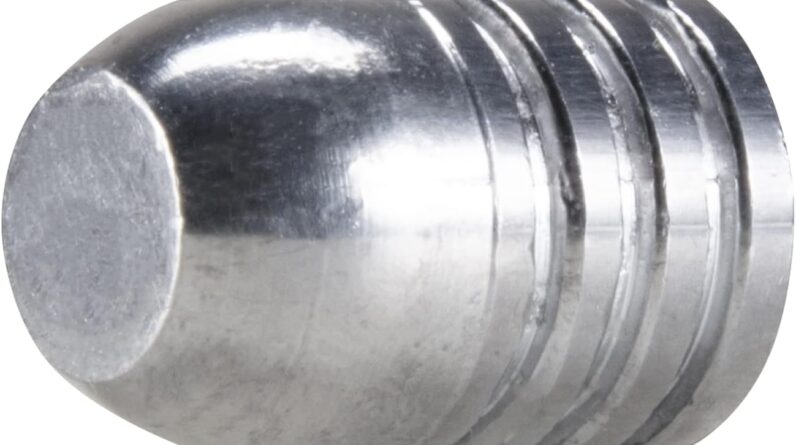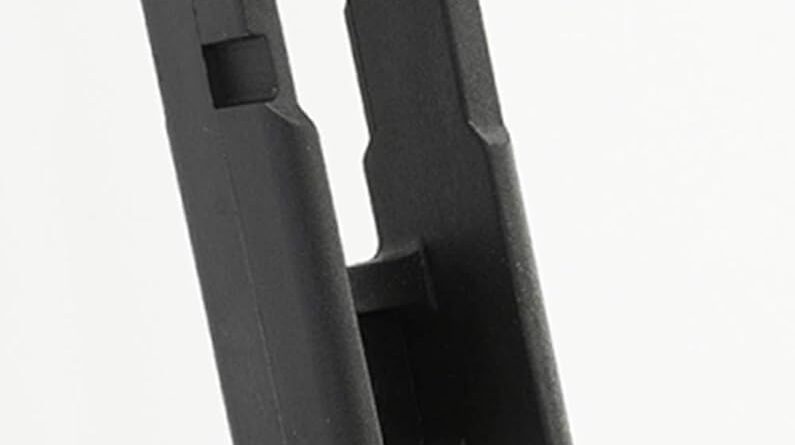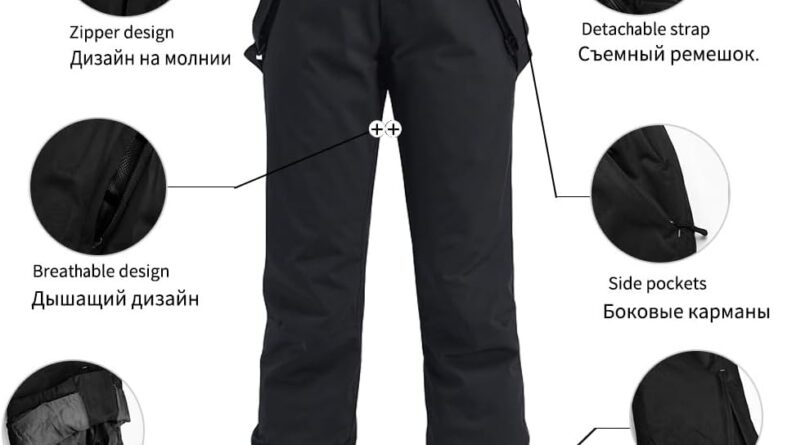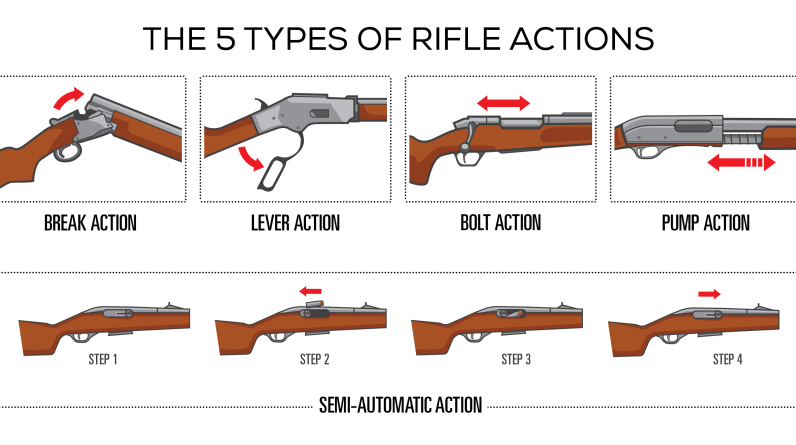
Hey there! Have you ever wondered about the different types of rifle actions? It’s a fascinating topic that can help you better understand how rifles work and the various options available to you as a shooter. In this article, we’ll explore the world of rifle actions in a friendly and approachable way, breaking down the different types and their functionalities. Whether you’re a seasoned rifle enthusiast or just starting out, this article will provide you with valuable insights into the world of rifle actions.
Curious to learn more? Well, you’re in the right place! In the following paragraphs, we’ll delve into the specifics of bolt action, semi-automatic, lever-action, and pump-action rifle actions. Not only will we discuss how each of these types works, but we’ll also highlight the advantages and disadvantages of each. By the end, you’ll have a solid foundation of knowledge that will empower you in making informed choices when it comes to selecting a rifle action that suits your shooting style and preferences. So, let’s dive in and explore the world of rifle actions together!

This image is property of ke-courses-production.s3.amazonaws.com.
Understanding Rifle Actions
Definition of Rifle Actions
Rifle actions refer to the mechanisms by which a firearm loads, fires, and ejects cartridges. Understanding rifle actions is crucial for any firearm enthusiast, hunter, or competitive shooter. It allows for a better understanding of how different rifles operate, their advantages and disadvantages, and how to make informed decisions when choosing a firearm for specific purposes.
Importance of Understanding Rifle Actions
Having a good understanding of rifle actions is important for several reasons. Firstly, it helps in selecting the right firearm for your needs. Different rifle actions excel in different shooting scenarios, such as long-range precision shooting, hunting in dense woods, or rapid target engagement. By understanding the various actions, you can choose one that suits your shooting style and requirements.
Secondly, understanding rifle actions enhances safety. Each action has its own specific safety protocols, and knowing how they work can minimize the risk of accidents or mishaps while handling firearms. It also allows for better troubleshooting in case of malfunctions or failures.
Lastly, comprehending rifle actions provides a deeper appreciation for the mechanical intricacies of firearms and enhances the enjoyment of shooting as a hobby or sport. Being able to understand the mechanics behind how a rifle functions adds to the overall experience and satisfaction of shooting.
Mechanics of Rifle Actions
To understand rifle actions, it is essential to grasp the basic components and cycle of operation.
Basic Components of Rifle Actions
All rifle actions consist of several key components. These include a receiver, barrel, bolt, trigger mechanism, and magazine. Working in harmony, these components allow for the loading, firing, and ejection of cartridges.
Cycle of Operation
The cycle of operation refers to the sequence of steps a rifle action goes through during the firing process. It typically consists of six stages: feeding, chambering, locking, firing, unlocking, and extracting/ejecting. Understanding these stages helps in comprehending how a rifle functions and performs.
How Rifle Actions Function
Rifle actions can be broadly categorized into five main types: bolt action, lever action, pump action, semi-automatic action, and full-automatic action. Each type operates differently, providing distinct advantages and disadvantages.
Types of Rifle Actions
Bolt Action
The bolt action rifle is one of the oldest and most reliable designs. In a bolt action rifle, the shooter manually operates a bolt handle to cycle the action. This action involves lifting the bolt handle, pulling it rearward to extract and eject the spent cartridge, pushing it forward to chamber a fresh round, and finally locking it back into place.
Description of Bolt Action
Bolt action rifles are known for their exceptional accuracy, making them the preferred choice for precision shooting and long-range engagements. They are mechanically simple, rugged, and reliable. Bolt actions are often single-shot or come with a detachable magazine, commonly holding three to five cartridges.
Advantages of Bolt Action
The bolt action design offers several advantages. The manually operated bolt allows for precise control over the cycling process, resulting in consistent and repeatable accuracy. This action also minimizes the chance of malfunctions, making bolt action rifles extremely reliable. Additionally, bolt actions tend to be more affordable compared to other types of actions.
Disadvantages of Bolt Action
The main disadvantage of bolt action rifles is their slower cycling rate compared to other actions. Their single-shot or limited magazine capacity can slow down the rate of fire, making them less suitable for situations that require rapid follow-up shots. However, for precision shooting and controlled firing, the bolt action remains unparalleled.
Lever Action
Lever action rifles are often associated with the Wild West and cowboys. This classic action involves a lever located below the stock, which is manually operated to cycle the action. By working the lever, the shooter can extract and eject the spent cartridge, chamber a fresh round, and prepare for the next shot.
Description of Lever Action
Lever action rifles are known for their smooth and quick cycling, making them well-suited for rapid target engagement and hunting scenarios. They usually have tubular magazines located underneath the barrel, holding a varying number of cartridges, depending on the model.
Advantages of Lever Action
Lever action rifles have the advantage of rapid cycling, allowing for faster follow-up shots compared to bolt actions. The lever mechanism is intuitive and easy to operate, making lever action rifles excellent choices for shooters with limited physical strength or dexterity. They are also known for their reliability and robustness.
Disadvantages of Lever Action
Lever actions typically have limited magazine capacities compared to other actions. Reloading can be slower and less convenient than with detachable magazines. Additionally, lever actions may not be as accurate over long distances as bolt actions due to potential inconsistencies introduced by the lever mechanism.
Pump Action
Pump action rifles, also known as slide-action rifles, are most commonly associated with pump-action shotguns. However, they are also available in rifle calibers. Pump action rifles feature a sliding forend that is manually operated to cycle the action.
Description of Pump Action
Pump action rifles are versatile and reliable firearms. The sliding forend is moved forward and backward to extract and eject the spent cartridge, chamber a fresh round, and prepare for the next shot. These rifles usually have tubular magazines beneath the barrel, similar to lever action rifles.
Advantages of Pump Action
Pump action rifles offer a good compromise between the rapid cycling of lever actions and the precision of bolt actions. They can achieve a faster cycling rate compared to bolt actions, making them suitable for scenarios that require quick follow-up shots. Pump actions are also known for their reliability, as they are not as sensitive to dirt and debris as some semi-automatic actions.
Disadvantages of Pump Action
The main disadvantage of pump action rifles is the manual cycling required after each shot. This can affect the rate of fire and reduce the ease of operation compared to semi-automatic actions. Additionally, pump actions may have limited magazine capacities, similar to lever actions.
Semi-Automatic Action
Semi-automatic rifles, also known as self-loading or auto-loading rifles, are popular choices among shooters due to their rapid cycling and ease of operation. In a semi-automatic action, the firearm uses the energy from the fired round to automatically cycle the action, without requiring any additional manual operations.
Description of Semi-Automatic Action
Semi-automatic rifles can fire one round with each pull of the trigger, automatically extracting and ejecting the spent cartridge, chambering a new round, and resetting the trigger for the next shot. They typically use detachable box magazines to hold a larger number of cartridges, offering extended firing without the need for manual reloading.
Advantages of Semi-Automatic Action
Semi-automatic rifles excel in scenarios that require rapid follow-up shots, such as competitive shooting, self-defense, or military use. Their relatively high cycling rate allows for quick and efficient engagement of multiple targets. Semi-automatic actions also provide increased magazine capacities, reducing the need for frequent reloading.
Disadvantages of Semi-Automatic Action
The main disadvantage of semi-automatic rifles is their greater complexity compared to bolt, lever, or pump actions. This complexity can increase the chance of malfunctions or reliability issues, particularly in adverse conditions or when using lower-quality ammunition. Additionally, semi-automatic actions may be restricted or regulated in certain jurisdictions, limiting their availability to shooters.
Conclusion
Understanding rifle actions is essential for any firearm enthusiast or shooter. It allows for informed decision-making when selecting the right firearm for a specific shooting discipline or purpose. As we have explored, different rifle actions offer distinct advantages and disadvantages. Whether it’s the precision and reliability of a bolt action, the rapid cycling of a lever or pump action, or the efficiency of a semi-automatic action, each type has its own unique characteristics. By understanding these actions, you can better appreciate the mechanics, enhance safety, and enjoy the shooting experience to the fullest.
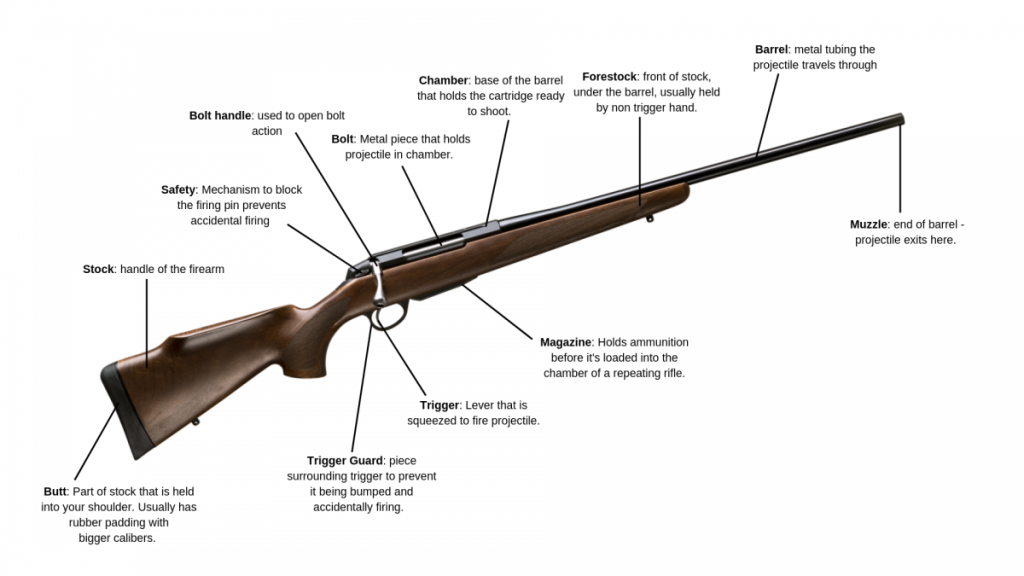
This image is property of www.iamhunter.net.


